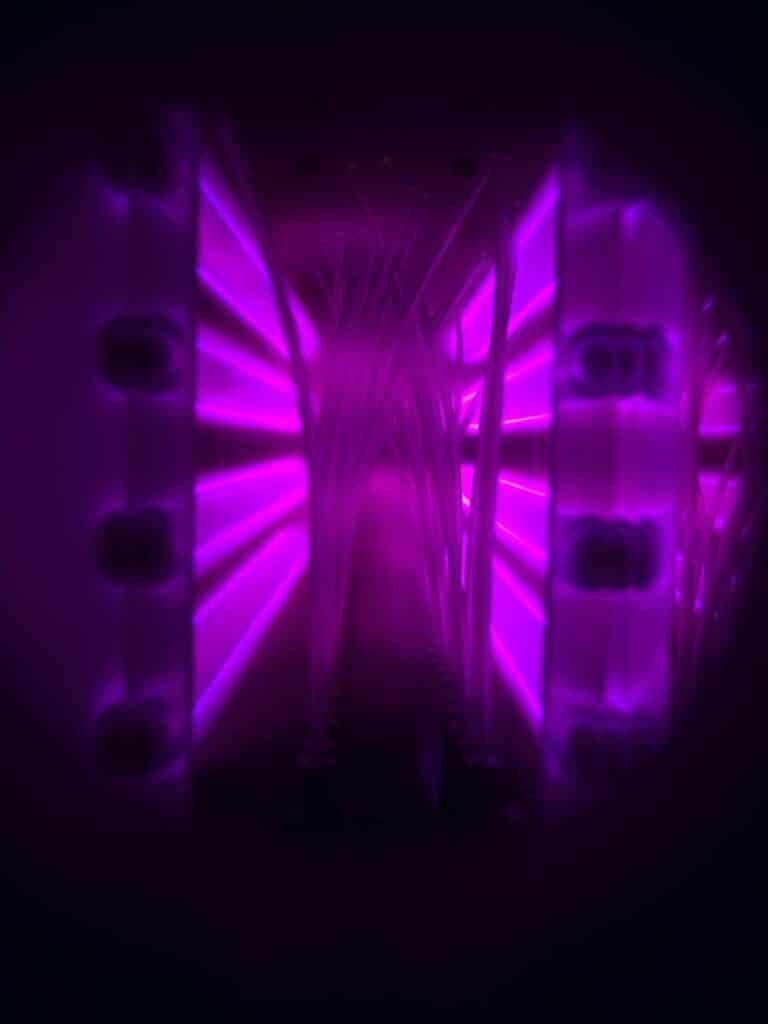Treating Catheters with Vacuum Plasma prior to coating improves adhesion
A medical device manufacturer of catheters made of PU require surface treatment prior to applying their patented coating. This type of coating promotes easier insertion into the bladder. To make the coating adhere properly to the surface of the catheter, Tantec and their customer developed the Vacuum Plasma System, which is primarily used to treat the surface of catheter tubing prior to coating.
Catheters made of PU need treatment prior to coating
Catheters that are made of PU; a material commonly used in various forms throughout the medical industry, such as in:
• Tubing
• Cosmetic implants
• Storage devices
PU is made of synthetic polymers, making it biocompatible, reliable, flexible, and easy to sterilize, and therefore an ideal choice for catheters.
Unfortunately, inks and other coatings do not adhere properly to the surface of PU because of its low surface energy and open surface structure. Treating PU surface with vacuum plasma can be the answer to this problem. Vacuum plasma treatment is already a well-proven and widely used technique for surface modification in the electronics industry, but its use is also increasing within the medical industry for cleaning and engineering the surfaces of plastics, rubbers, and natural fibres.
Vacuum Plasma treatment improves bonding properties
By increasing the surface energy of catheters using vacuum plasma treatment the bonding properties improve – thereby adding extra safety and reliability to the product.
The process chemically roughens the surface and allows it to “grab onto” the coating being applied. The resulting chemical bond that occurs with the surface is thus stronger than a simple mechanical bond.
Before treatment, surface energy is only 38mn. Vacuum plasma treatment nearly doubles the surface energy to 72mn.
– which is necessary for this particular patented coating to wet the surface and adhere properly.
Vacuum Plasma Treatment changes the surface structure
Vacuum plasma treatment is a low temperature process ranging between 40-120°C, thus avoiding any thermal damage. The process can induce non-thermally activated surface reactions, causing surface changes that would not normally occur with molecular chemistries at atmospheric pressure. These unique properties open up new opportunities for materials and products.
The vacuum plasma process avoids damage to materials, as it is a controlled, low temperature process with low energy densities. Plasma energy is highly efficient because the vacuum pressure reduces the occurrence of recombination and increases the mean free path length of the particles resulting in higher ionic kinetic energies.
The VacuTEC both for batch process and in line production
The VacuTEC Tantec designed for this medical device manufacturer is customized to their specific testing process. In this specific project, the VacuTEC is used in a batch process. But it is also possible to integrate the system into an inline process.
The Treatment Process
When the catheter tubing has been applied to the fixture, the VacuTEC is activated. The fixture is then drawn into the chamber, the chamber door slides down automatically, and the process starts. The air is sucked out of the chamber through a vacuum valve. The plasma is then discharged and is active for 30 seconds. After 30 seconds, air is blown into the chamber, the door opens, and the fixture slides out again. The whole process lasts 120 seconds. To ensure the best possible wetting and adhesion, the coating must be applied immediately after the vacuum plasma treatment.

